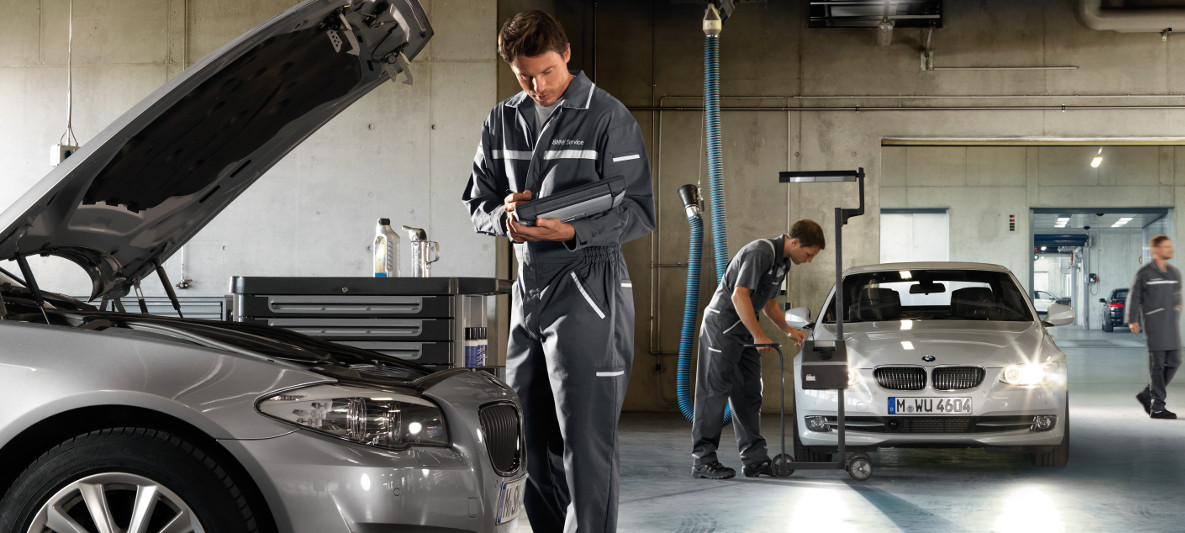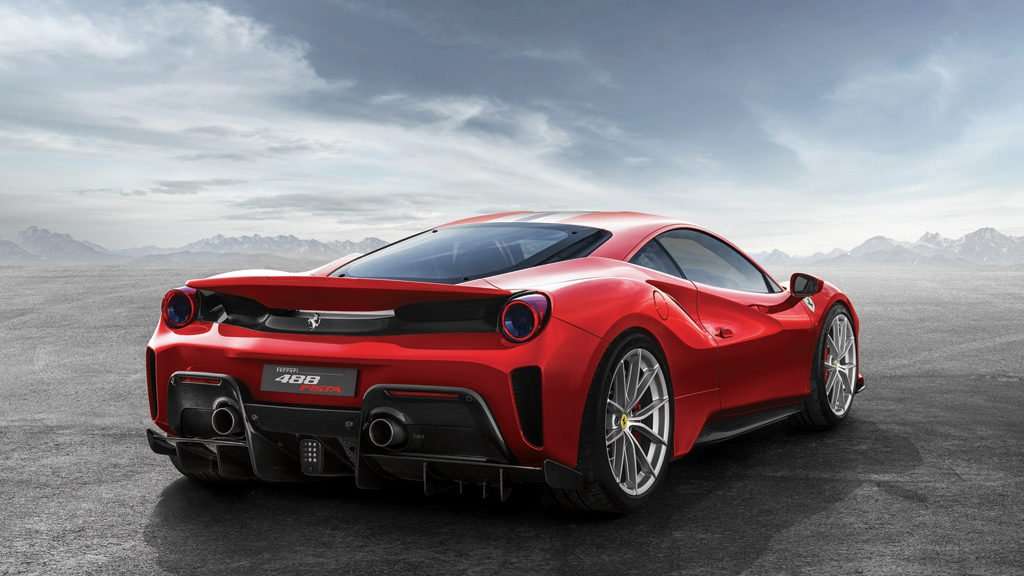
classic BMW cars
Few marques in the automotive world have achieved the blend of engineering mastery, aesthetic brilliance, and cultural reverence as BMW. The company’s lineage of classic BMW cars stands as an enduring testament to innovation, artistry, and performance. For enthusiasts seeking deeper context, our detailed article on automotive design evolution offers further insight into how these machines influenced global car culture.
The Origins of Classic BMW Cars
BMW’s story begins long before the world associated it with luxury sedans and high-performance coupes. In its earliest years, the company was known for aircraft engines, but it transitioned into automobiles by the late 1920s. The first models—elegant yet modest—laid the foundation for decades of innovation. These initial steps gave birth to a design ethos: engineering excellence matched with stylistic clarity.
By the 1930s, BMW produced vehicles such as the 328 Roadster, a machine celebrated for its lightweight construction and racing pedigree. Its aerodynamic design and track victories made it a legend, not merely a car. This set the precedent for BMW’s identity: building vehicles that transcended transportation to become cultural icons.
The Golden Age of Post-War BMW
The devastation of World War II left BMW’s factories in ruins, but from adversity came rebirth. The company reintroduced itself to the automotive scene with vehicles that combined practicality with aspiration. One standout was the BMW 507, a roadster from the 1950s that embodied grace and power. Designed by Albrecht von Goertz, its lines remain timeless, inspiring future generations of designers.
Simultaneously, BMW produced the Isetta microcar—a symbol of resilience and affordability. While humble in appearance, the Isetta kept the company afloat financially and allowed BMW to reestablish its footing in the competitive European market.
Classic BMW Cars That Defined the 1960s and 1970s
The 1960s marked the dawn of the “New Class” sedans, vehicles that would forever change BMW’s trajectory. Models like the 1500, 1600, and later the iconic 2002 not only saved the company but also defined the sports sedan category. The 2002, in particular, combined compact dimensions, lively handling, and accessible performance. It became a cult favorite, cementing BMW’s reputation as the “Ultimate Driving Machine.”
The 1970s brought another revolution with the introduction of the first 3 Series. This vehicle captured the spirit of performance enthusiasts while offering everyday usability. It was an instant success and remains the cornerstone of BMW’s lineup to this day.
Legendary Models That Became Icons
Some models are not just cars but cultural milestones. Among the most revered are:
-
BMW 328 Roadster (1936–1940): A race-proven machine that dominated tracks and remains a collector’s jewel.
-
BMW 507 Roadster (1956–1959): An elegant sports car adored by celebrities like Elvis Presley.
-
BMW 2002 (1968–1976): The compact sedan that defined a new market segment.
-
BMW E9 Coupe (1968–1975): Including the legendary 3.0 CSL, also known as the “Batmobile” for its aerodynamic appendages.
-
BMW M1 (1978–1981): BMW’s first supercar, designed with input from Lamborghini and celebrated for its exclusivity.
-
BMW E30 M3 (1986–1991): A motorsport-bred legend that still influences sports cars today.
Each model tells a story, representing not just design and technology but also the social and cultural movements of their eras.
Classic BMW Cars and Motorsport Heritage
BMW’s motorsport endeavors played a critical role in its image. From touring car championships to Formula 1 involvement, the brand established itself as a force on the racetrack. The development of the M division epitomized this synergy between road and race cars.
The BMW E30 M3 stands as perhaps the most famous example. Built to homologate BMW for Group A racing, it went on to dominate touring car championships across Europe. Its sharp handling, high-revving engine, and aggressive stance made it a legend. Even today, it remains a benchmark for driver-focused performance.
The Design Philosophy Behind the Classics
A hallmark of BMW has always been its ability to blend precision engineering with timeless design. The kidney grille, Hofmeister kink, and driver-centric interiors are recurring motifs. Yet within these guidelines, the brand continually evolved, ensuring each model carried unique character.
Classic models like the E9 coupe showcased flowing lines and elegance, while the angular E30 reflected the modernist trends of the 1980s. Together, these cars demonstrate BMW’s adaptability and its knack for capturing the spirit of each decade. For a detailed exploration of design shifts across eras, our analysis of car design heritage provides valuable perspective.
Collectibility and Market Value
The allure of owning a piece of BMW’s history has created a thriving market for vintage models. Collectors prize originality, limited production numbers, and motorsport pedigree. The BMW 507, once unsellable due to its high price, now commands millions at auctions. Similarly, the E30 M3 continues to rise in value as demand outstrips supply.
Restoration and preservation play vital roles in this culture. Enthusiasts meticulously maintain authenticity, sourcing original parts and adhering to factory specifications. For many, owning a classic BMW is not just about driving—it is about stewardship of history.
Why Enthusiasts Revere Classic BMW Cars
There are reasons why BMW classics command such devotion:
-
Engineering Prowess: Performance balanced with durability.
-
Design Excellence: Timeless lines that remain relevant decades later.
-
Motorsport DNA: Direct lineage to racing success.
-
Cultural Significance: Symbols of status, rebellion, or aspiration in their times.
-
Driving Pleasure: A visceral connection between driver and machine.
This combination makes BMW’s classics more than mechanical objects—they are cultural artifacts.
The Enduring Legacy of Classic BMW Cars
BMW’s past serves not just as nostalgia but as a blueprint for the future. The precision, innovation, and passion embedded in its classic models continue to guide its modern designs. Whether it is an electrified i4 or a performance-focused M4, the DNA remains traceable to those early icons.
The emotional resonance of these cars endures. They are celebrated at concours events, preserved in museums, and immortalized in the hearts of enthusiasts. Their legacy demonstrates that great automobiles transcend their era to become timeless works of art.
From the aerodynamic brilliance of the 328 to the raw motorsport spirit of the E30 M3, BMW’s classics represent milestones in automotive history. They symbolize resilience, innovation, and artistry. As collectors chase them and enthusiasts revere them, their legacy only strengthens. These cars are more than metal and rubber; they are embodiments of passion, engineering, and cultural storytelling. For additional insight into related heritage, explore our article on luxury automotive legends, where we dive deeper into the cars that shaped entire industries.



.jpg?k=1924235ce9)
